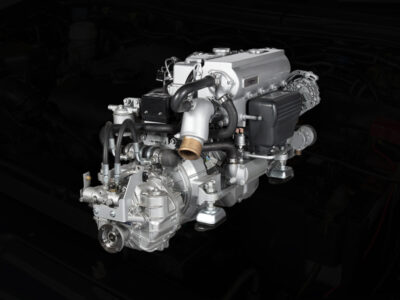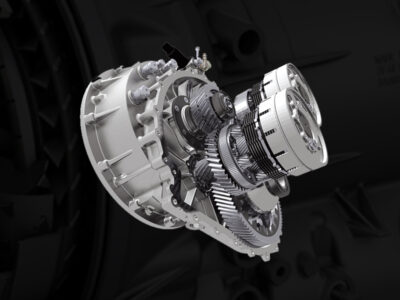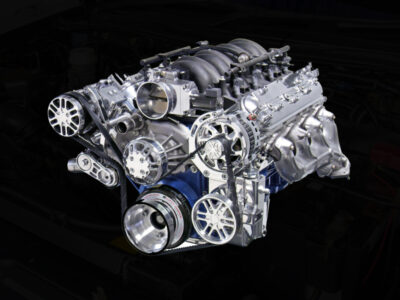
When considering a second-hand transmission for your car, a key question is its potential longevity. The durability of a pre-owned transmission depends on factors like its past condition, care history, and how it’s used after installation. Choosing a used transmission can save money compared to a new one, but understanding its lifespan is essential for a smart decision. This guide explores the unique elements that affect how long a second-hand transmission lasts and offers practical ways to extend its usability.
What Is a Used Transmission?
A second-hand transmission is a previously used component that directs engine power to a vehicle’s wheels. Sourced from vehicles no longer in use, such as those in scrapyards or totaled cars, these transmissions are typically tested and sometimes refurbished before being sold. They offer a cost-effective alternative to new or rebuilt units, but their lifespan varies based on several distinct factors.
What Impacts the Longevity of a Used Transmission?
Here are the main influences on how long a second-hand transmission will perform reliably.
1. Original State
The condition of the transmission when purchased is crucial. One from a vehicle with minimal mileage and consistent upkeep will likely last longer than one from a heavily driven car with patchy maintenance. When buying, ask about:
- The mileage of the source vehicle
- Its service records
- Any prior reconditioning Reputable sellers often provide guarantees to ensure the part’s reliability.
2. How You Drive
Your driving style significantly affects the transmission’s lifespan. Harsh habits like sudden acceleration or frequent heavy towing can wear it out faster. Smooth, careful driving, however, can help it last longer. Try these tips:
- Ease into starts and stops.
- Respect your vehicle’s weight limits.
3. Care and Upkeep
Ongoing maintenance is vital for a second-hand transmission’s durability. Essential steps include:
- Checking fluid levels to avoid wear from low or contaminated fluid.
- Following the vehicle maker’s schedule for fluid replacements.
- Fixing any strange noises or gear-shifting issues quickly. Ignoring these can cut short even a solid transmission’s life.
4. Installation Standards
How the transmission is installed matters greatly. A sloppy installation can cause problems like leaks or early breakdowns. Choose a skilled technician familiar with transmissions to ensure a proper fit and function.
5. Transmission Variant
Transmissions differ—manual, automatic, or CVT (continuously variable transmission). Manuals often last longer due to their simpler build, while automatics and CVTs may need more regular attention. Knowing your vehicle’s type helps you gauge its expected durability.
How Long Can You Expect It to Last?
A properly cared-for second-hand transmission might last between 20,000 and 80,000 miles or roughly 2 to 5 years, depending on the factors above. A unit from a well-kept, low-mileage vehicle may reach the higher end, while one with a rough past could fail sooner. To boost its lifespan:
- Look for a seller offering a warranty.
- Ensure the transmission fits your vehicle perfectly.
- Stay committed to routine maintenance.
Read more: Complete Guide to Finding High-Quality Used Engines for Your Vehicle
Ways to Extend Used Transmission’s Life
To make your second-hand transmission last as long as possible, try these strategies:
1. Keep Fluids Fresh
Replace the transmission fluid and filter as recommended, often every 20,000 to 50,000 miles, to keep it running smoothly.
2. Prevent Heat Buildup
Too much heat can harm a transmission. Avoid long periods of heavy towing and check that your vehicle’s cooling system is working well.
3. Drive Gently
Easy driving reduces wear. Avoid rapid starts and let gears shift smoothly. For towing, use the right gear and don’t overload the vehicle.
4. Regular Checkups
Have a professional inspect the transmission during routine maintenance. Spotting small issues early can save you from bigger problems later.
Why Choose a Used Transmission?
A second-hand transmission has distinct benefits:
- Budget-Friendly: It costs much less than a new or rebuilt unit.
- Faster Repairs: These parts are often easier to find, reducing downtime.
- Eco-Conscious: Reusing a transmission helps reduce waste. Always buy from a trusted source to ensure quality.
When to Replace Used Transmission
If your transmission keeps having issues despite good care, it might be time for a replacement. Driving with a failing unit can damage other parts of your car, leading to pricier fixes. A reliable mechanic can help you decide whether to repair or replace it.
Final Thoughts
A second-hand transmission’s lifespan depends on its starting condition, how it’s maintained, and your driving habits. With careful attention, it can last 20,000 to 80,000 miles, making it a practical choice for affordable repairs. By keeping up with maintenance, driving thoughtfully, and addressing problems early, you can maximize its durability. For quality second-hand transmissions, look to dependable suppliers to keep your car running well.
Need help picking one? A111 Auto Parts delivers top-quality used transmissions, thoroughly inspected for performance and durability. We help you find the perfect match for your vehicle, ensuring reliability without breaking the bank. Connect with our specialists to find a high-quality used transmission that fits your needs perfectly!





